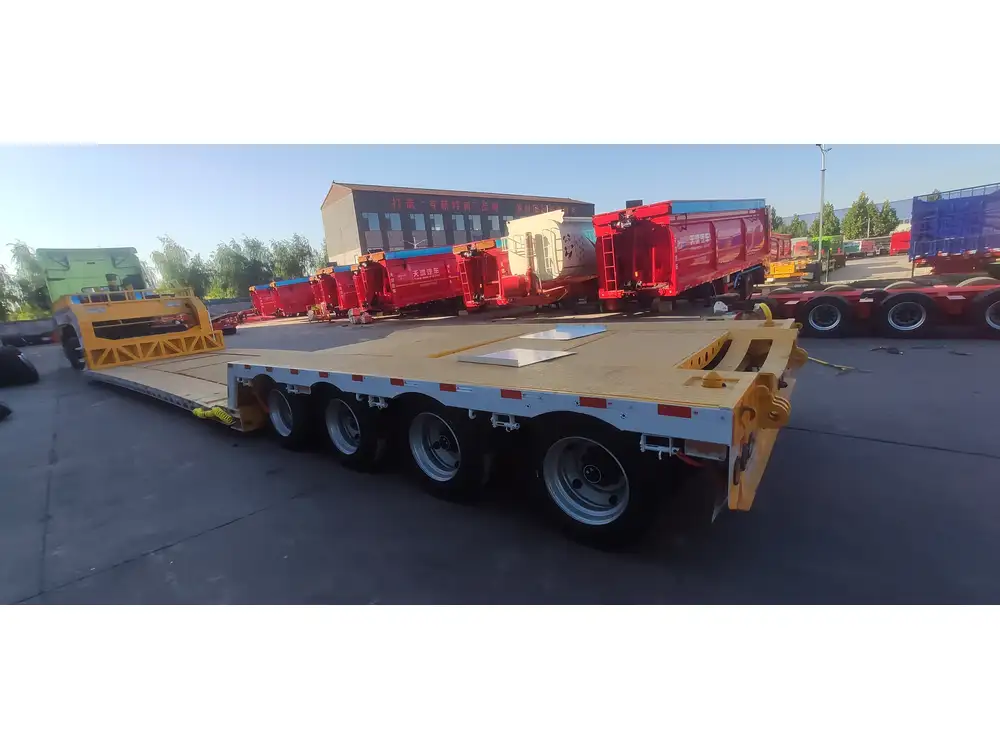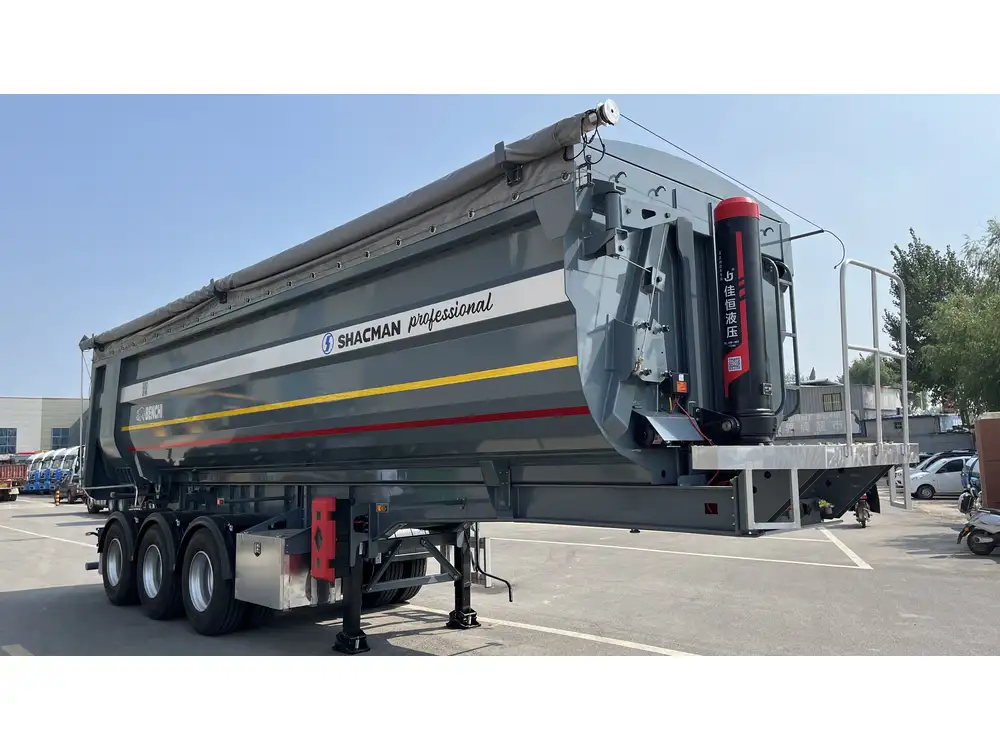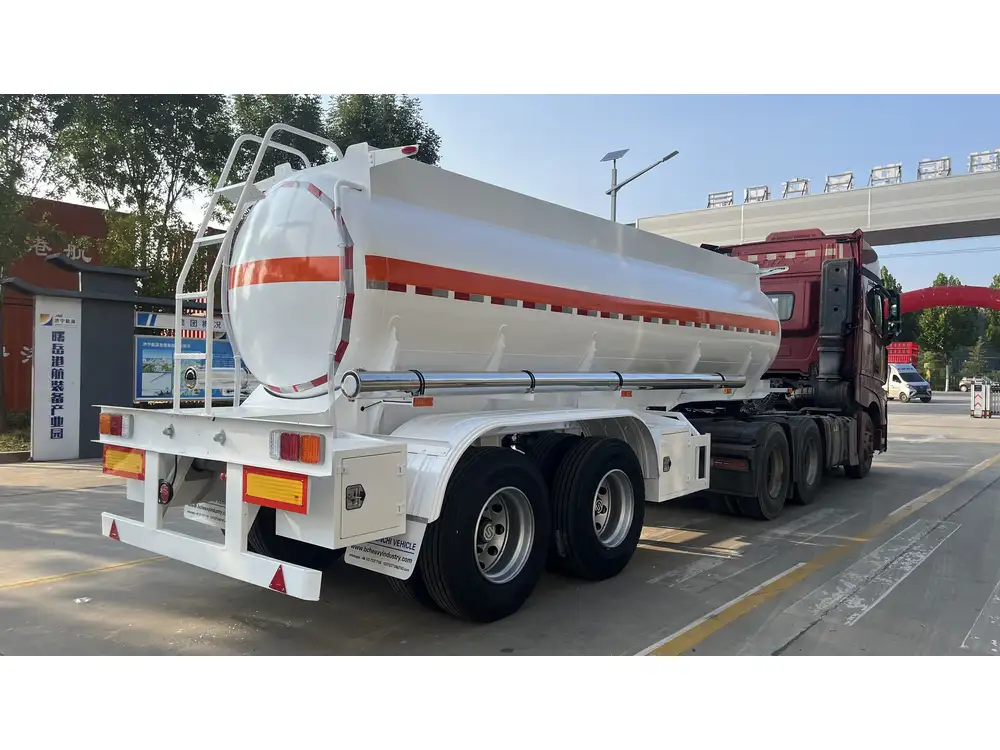In the world of logistics and transportation, the dimensions of semi-trailers play a crucial role in determining efficiency, compliance, and cost-effectiveness. With varying standards and needs across different industries, it’s essential to grasp how long a normal semi-trailer is, the implications of those dimensions, and the alternatives available for specialized purposes. This article delves deep into the specifications, variations, and practical implications related to semi-trailer lengths, empowering you to make informed decisions in your transportation operations.
1. Defining a Standard Semi-Trailer Length
1.1. Common Lengths of Semi-Trailers
The typical length of semi-trailers can vary, but most standard trailers usually fall within the following ranges:
| Type of Semi-Trailer | Average Length |
|---|---|
| Standard dry van | 53 feet |
| Refrigerated van | 53 feet |
| Flatbed trailer | 48 to 53 feet |
| Tanker trailer | 48 to 53 feet |
| Step deck trailer | 48 to 53 feet |
| Lowboy trailer | 40 to 60 feet |

1.2. Regulatory Standards
In the United States, the Federal Highway Administration (FHWA) establishes regulations that dictate maximum truck and trailer lengths. According to the Federal Motor Carrier Safety Administration (FMCSA), the maximum allowable length for a semi-trailer is generally 53 feet, although individual states may have different restrictions that accommodate local needs, particularly for specialized transportations.
2. Factors Influencing semi-trailer Lengths
2.1. Type of Cargo
The nature of the cargo significantly affects the length of the semi-trailer required. For instance:
- Standard cargo: General freight typically utilizes the more common 53-foot dry van.
- Heavy equipment: A lowboy trailer designed to handle heavy machinery might measure longer, accommodating larger loads securely.

2.2. Transportation Regulations
Each state can impose different restrictions on trailer lengths to enhance safety and infrastructure considerations. Some states may allow longer trailers, while others may not, thereby affecting operational planning.
2.3. Road Conditions and Bridge Height
Road and bridge criteria can also influence semi-trailer dimensions. Some routes may dictate shorter trailers, especially in urban or densely populated areas where maneuverability is restricted.
3. Beyond Standard Lengths: Specialized Trailers

3.1. Shorter Trailers
For urban deliveries or constrained areas, shorter trailers, such as 28-foot pups, may be utilized. These trailers offer the advantage of maneuverability and can effectively navigate tighter streets.
3.2. Extended Trailers
- Double Trailers: These consist of two 28-foot trailers, often used in LTL (less than truckload) freight operations.
- Triple Trailers: These extended configurations can reach lengths of up to 75 feet but are limited to specific routes due to legal constraints.
3.3. Specialty Trailers
Certain industries require custom lengths or specialized designs, such as:
- Refrigerated Trailers: These may be fitted with extra insulation, limiting their use to standard measurements while optimizing storage capacity.
- Flatbeds and Lowboy Trailers: Tailored for oversized or heavy equipment, varying lengths allow for flexibility in loading configurations.

4. Operational Considerations
4.1. Impact of Length on Fuel Efficiency
Longer semi-trailers can impact fuel efficiency, primarily due to aerodynamics. However, this is mitigated in modern trailers designed with fuel efficiency in mind. Several manufacturers now produce aerodynamic side skirts and trailer tails aimed at reducing drag.
4.2. Load Capacity and Weight Distribution
Length correlates strongly with load capacity. It’s essential to ensure that your cargo is appropriately balanced across the trailer’s length to maintain stability during transit. Compliance with weight limits outlined by the DOT ensures safety and legal adherence.

5. Choosing the Right Infrastructure for Your Fleet
5.1. Warehouse and Loading Dock Specifications
The length of the semi-trailer can profoundly influence warehouse and loading dock specifications. Facilities must accommodate the length of trailers routinely visiting to prevent operational bottlenecks. Here’s a quick checklist for your infrastructure setup:
- Ensure sufficient clearance for maneuverability.
- Configure loading docks at appropriate heights to match trailer dimensions.
- Provide ample space for both loading and unloading activities.
5.2. Monitoring Technological Integration
Leveraging technology for fleet management can enhance utilization based on lengths. Telemetry and GPS tracking tools can optimize routes for different trailer lengths, offering significant cost savings by minimizing transit times.

6. Future Trends in Semi-Trailer Design
6.1. Innovations in Length and Size Standards
As the logistics industry evolves, so do the design standards for semi-trailers. Innovations may soon include:
- Modular Trailers: Capable of extending and contracting based on cargo needs.
- Smart Trailers: Equipping trailers with sensors to determine optimal load size and distribution.
6.2. Sustainability Considerations
With increased focus on sustainability, length and weight regulations may be adjusted to optimize efficiency and reduce carbon footprints. Therefore, manufacturers are urged to consider eco-friendly materials that can affect weight and balance.

7. Conclusion: Making Informed Decisions
The length of a normal semi-trailer is crucial not just for compliance, but for operational efficiency and cost management. By understanding the various types of semi-trailers, their dimensions, and the factors influencing these specifications, you position your logistics operations for success.
When selecting a semi-trailer for your needs, consider the following key points:
- Assess the type of cargo you intend to transport and how dimensional requirements might influence your choice.
- Stay abreast of state and federal regulations to ensure compliance and avoid legal issues.
- Evaluate your warehousing and loading infrastructure in relation to the semi-trailer length.
By focusing on these critical aspects, you can optimize your fleet’s operation, logistics strategy, and ultimately enhance your bottom line. Planning, foresight, and adaptability in response to emerging trends and technologies will set your operations apart in a competitive marketplace.



